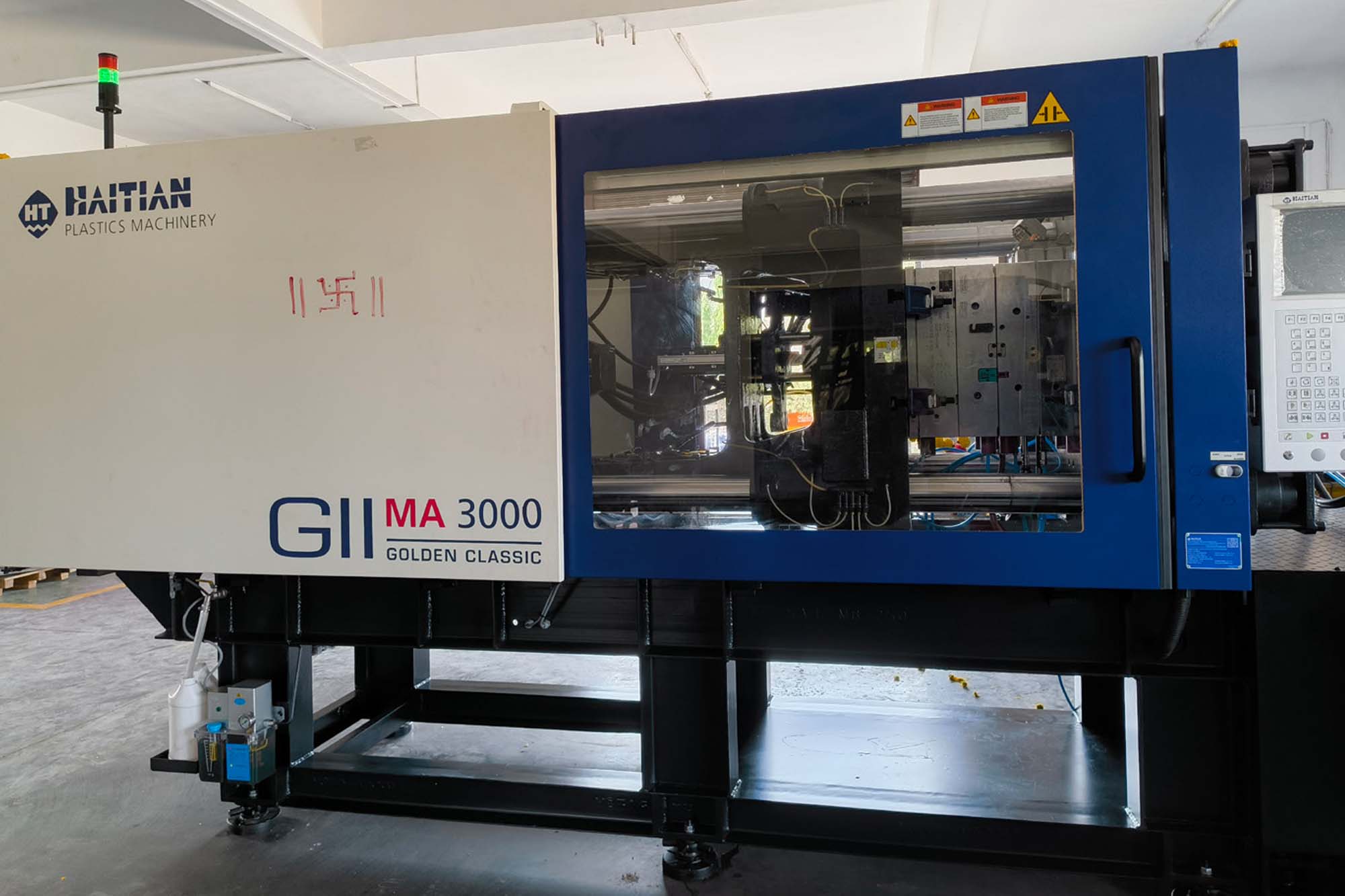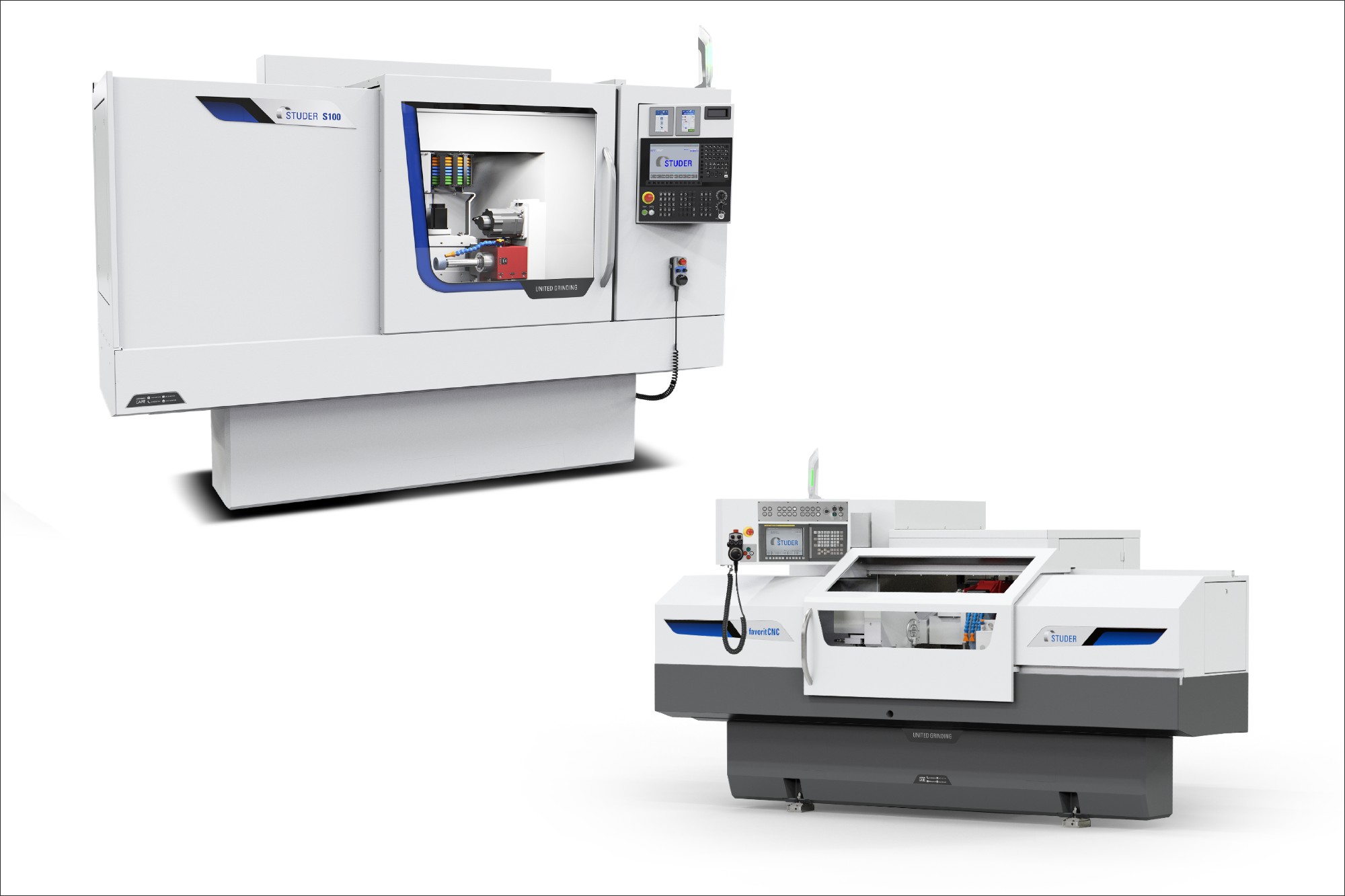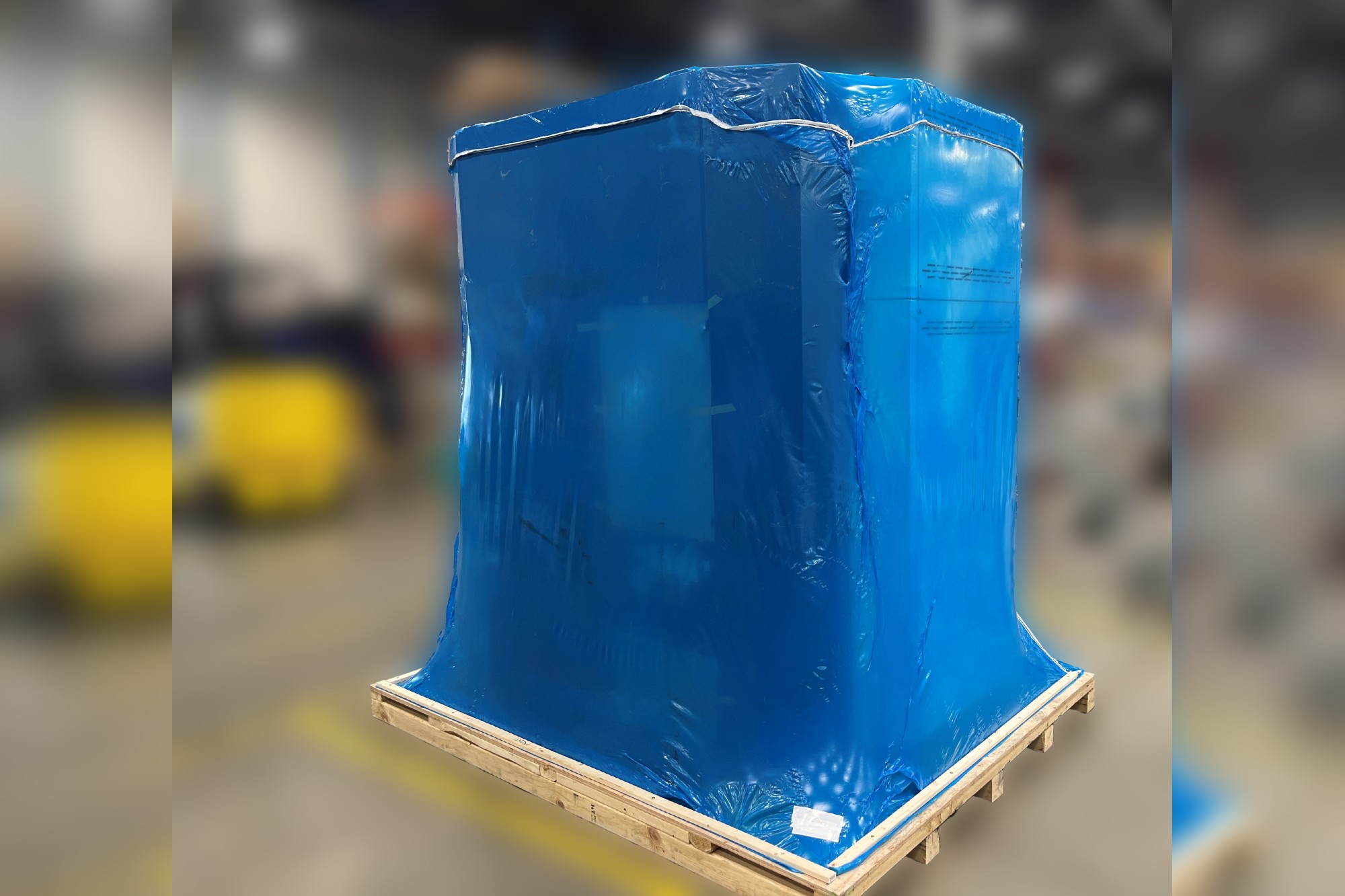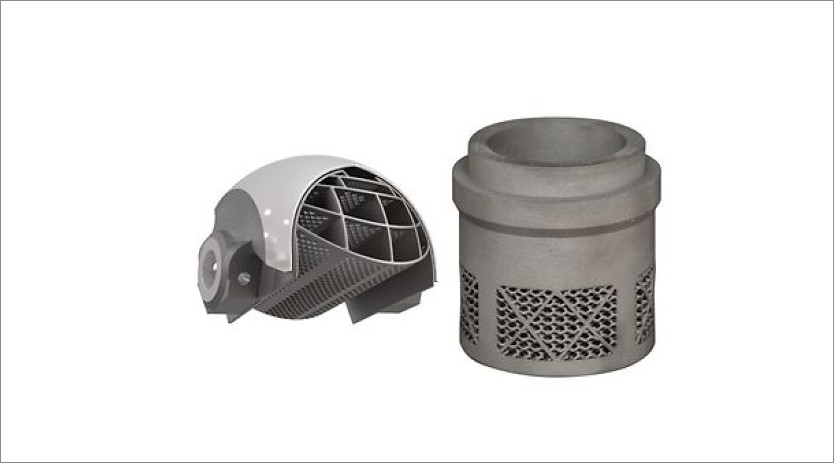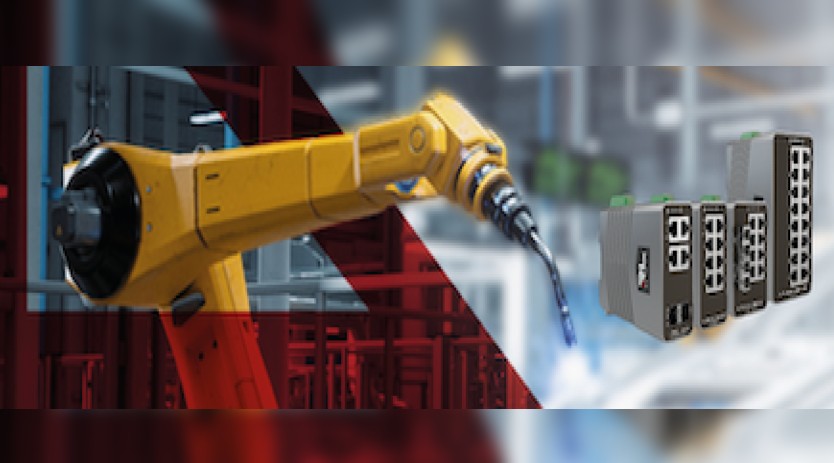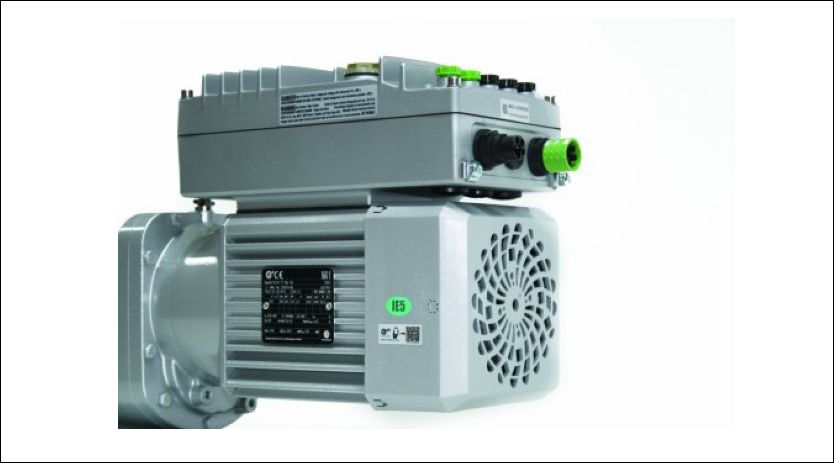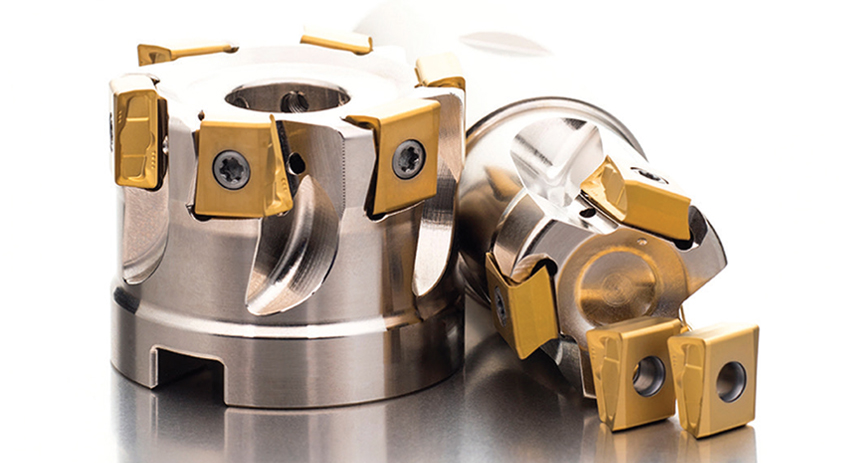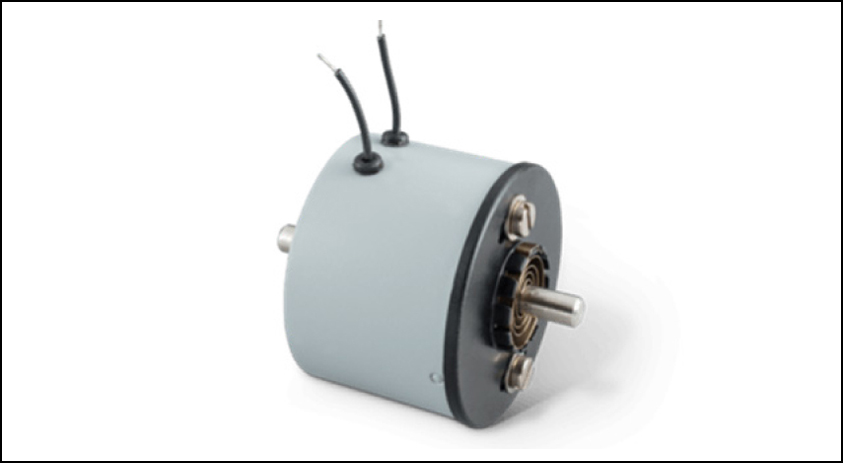New Development in Shot Blasting Machine
By admin September 16, 2010 9:07 am IST
by PA Patel, Patel Furnace & Forging Pvt. Ltd.
Shot Blast Cleaning Equipment are used for surface preparation in Foundry, Forging, Shot Peening, Strip De-scaling, Plate, Billet, Wire Coil Cleaning, Stainless Steel Strip Cleaning and many more applications. It has now become more efficient and sophisticated. Shot blasting minimizes operation cost, maintenance cost. Therefore there is need for better understanding of the basic factors which controls the process and sub assemblies, which makes up a whole Shot Blast Machine.
Two Systems of Blasting
Pressure Blast System: In the Pressure Blasting System the blast media is stores in pressurized vessel, which is mixed with compressed air. The air flow accelerates the media, through a blast gun on to the surface.
Blast Wheel Blasting System: In the Blast Wheel System, the blast media is fed to the center of the blast wheel, which is rotating at high speed. The media is rapidly accelerated by centrifugal force and is directed on the surface to be blasted.
This comparison of different blasting systems clearly shows that the blast wheel blasting system has the lowest specified energy consumption. Blast wheels are driven by electric motors, whereas the air required by the air blasting system has to be generated by a compressor which is to be purchased and maintained in addition to blast machine itself and the additional power cost.
The Machine: For efficient shot blasting operation we should understand the basic concept of the process and the machine. The shot blasting machine consists of six basic parts:
1. Blast Wheel 2. Cabinet 3. Work Handling Mechanism
4. Elevator 5. Separator 6. Dust Collector.
Let’s take a close look at these six parts and see what role each plays in the shot blasting process.
1. Blast Wheel:
Abrasive particles are projected by centrifugal force from various kinds of turbine wheels. The number of wheels installed in the machine depends on the type of jobs to be shot blasted and the rate of work. The wheel is the heart of every centrifugal shot-blasting machine. Efficiency and cleaning effect depend to a great extend on the quality of the wheel and its components.
2. Cabinet:
As high speed of abrasive particles (50-100 m/s) is involved the articles to be shot-blasted have to be treated in closed, vibration free booth or cabinet made of strong steel, lined with wear resistant alloy liners. For maintenance purpose proper inspection door and ventilation are essential.
3. Work Handling:
Various systems exist for conveying the parts depending on the type, size and quality of the items to be treated.
4. Abrasive Recovery System and Elevator:
The abrasives are recovered at the bottom of the cabinet by means of a screw conveyor and delivered to the base of the elevator, which then carries these to the separator.
5. Separator:
Before abrasives enters into the blast wheel for reuse, these have to be cleaned of all contaminants. This is the role of the air separator.
6. Dust Collector:
The last essential feature is the filtration, which retrieves dust laden air from the separator and cabinet ventilation system and discharges clean air into atmosphere for pollution free environment.
Tumblast Type Machine: This design employs endless conveyor belt made of steel link and flats or rubber belt, which does not damage the job during tumbling.
Table Type Machine: In this type of machine parts being cleaned must be positioned or repositioned on the table to assure complete cleaning of the full surface.
Monorail Hanger Type Machine: In this type of machine, parts are suspended on trees hung on hanger or special fixtures and are carried into the abrasive stream.
Roller & Belt Conveyor Machine: This picture shows plate, sheet or structural shape de-scaling at high speed. Both upper and lower surfaces are shot blasted simultaneously.
Door Hanger Machine: In this machine jobs are hung on the door. The parts are carried into abrasive stream after closing the door. The parts are mounted in front of the wheel. On completion of shot blasting, door is opened and second door with job hung enters the cabinet. In this type of machine, one may get 30 to 40% more production.
Compare Old M Type Wheel (Fig 4) New High Power Wheels: With the need for increased output it has become apparent that ‘Shot Blast Cycle’ on the machine must be reduced in effort to give increased output. We have introduced New RLM (Radialok) wheel, which throw more abrasive and consume less power. In this way one machine being able to do the work formerly required by two machines. The new wheel has large control cage and impeller making it possible to throw more abrasive and better and faster cleaning.
Cookie Consent
We use cookies to personalize your experience. By continuing to visit this website you agree to our Terms & Conditions, Privacy Policy and Cookie Policy.





